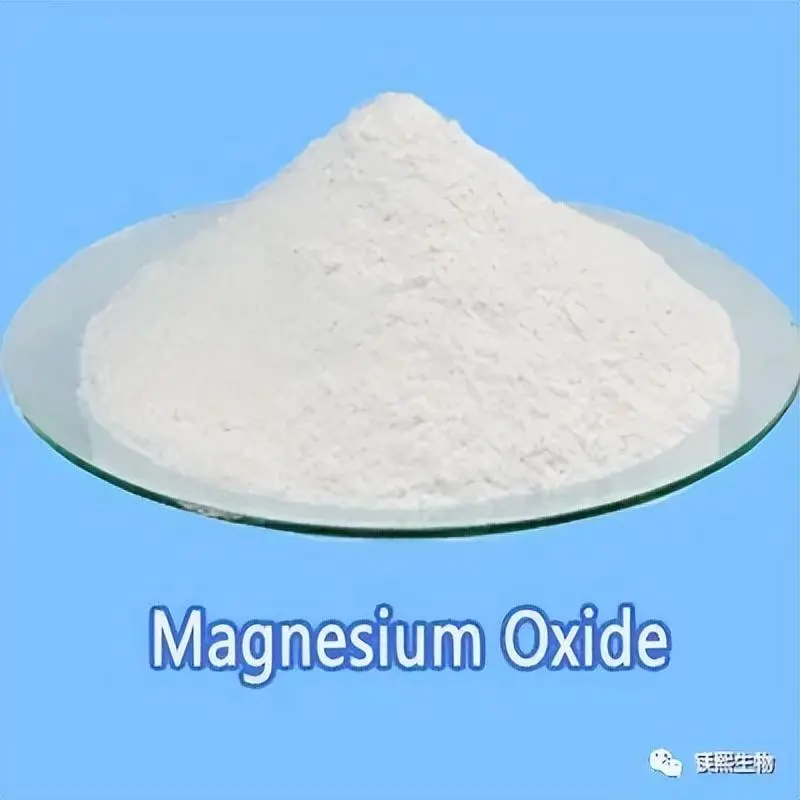1. Luminous ceramic glaze is made of nano-magnesium oxide as an important component of low-temperature glaze and other components such as silicon oxide, aluminum oxide, calcium carbonate, etc., and then applied to the surface of ceramic products with water and sintered at a high temperature of about 800°C. It has the following characteristics: long afterglow time, up to 10 hours, emits blue-green and green light under ultraviolet and visible light excitation, and has thermal release luminescence in the 40°C temperature range.
2. High-brightness hydrolysis-resistant rare earth activated luminescent material is made of nano-magnesium oxide, aluminum oxide, boron oxide and rare earth oxides through high-temperature solid-phase reaction, with an initial brightness of more than 10cd/m2, an afterglow of more than 20 hours, and luminescent colors of light yellow, light blue and purple. This material can be widely used in coatings, plastics, ceramics, enamel, decoration and other industries.

3. Rare earth long afterglow luminescent material is a luminescent material prepared by mixing and sintering nano magnesium oxide, aluminum oxide, silicon dioxide, mineralizer, rare earth activator, etc. after weighing according to the proportion. It has the characteristics of high brightness, ultra-long afterglow, good water resistance, no radioactivity, and no harm to the environment.
4. Artificial luminous gemstones are made of commercially available luminescent micropowders, nano magnesium oxide is introduced as an enhancer, and after being isostatically pressed at room temperature, they are sintered at high temperature in an electric furnace in a reducing atmosphere. The luminous gemstones obtained have a hardness of 6.5-7 degrees and a relative density of 3.3-3.8, and have long afterglow phosphorescence characteristics. The problem of low utilization rate of luminescent micropowders is solved. For the process of synthesizing luminous gemstones, the synthesis temperature and synthesis time are also reduced, thereby reducing the production cost.
5. The phosphor for Led displays, especially the phosphor for electroluminescent displays, is a new type of laminated product to improve the operating stability of thioaluminate-based fluorescent materials used in AC thick film dielectric electroluminescent displays. The novel structure comprises a rare earth activated alkaline earth thioaluminate phosphor thin film layer and a nano magnesium oxide layer or a layer containing nano magnesium oxide directly adjacent to and in contact with the bottom of the phosphor thin film layer.
